Home>Furniture & Design>Outdoor Furniture>Outdoor Light Turns On When Dark
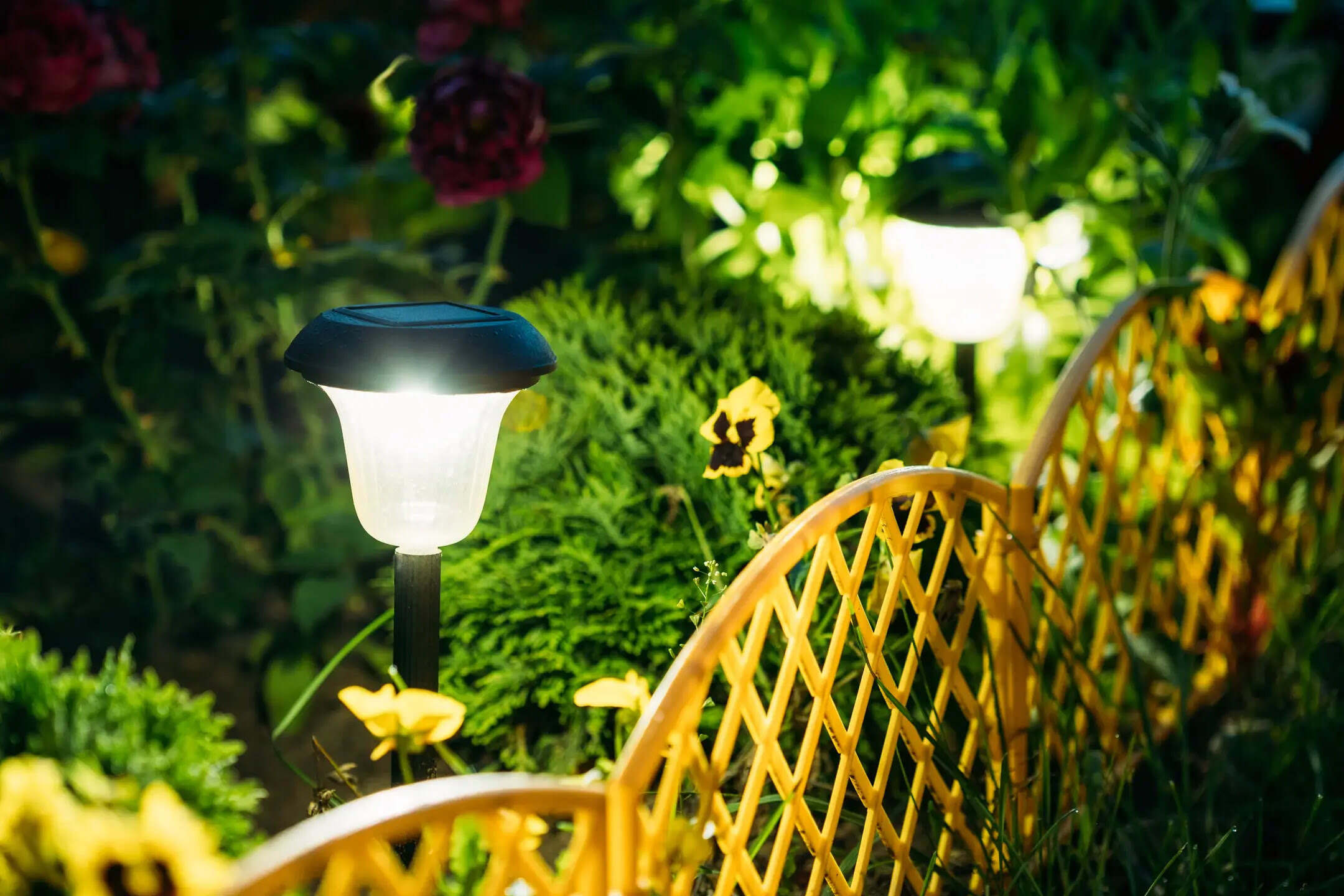

Outdoor Furniture
Outdoor Light Turns On When Dark
Modified: February 23, 2024
Illuminate your outdoor space with our innovative outdoor light that automatically turns on when it gets dark. Shop our wide selection of outdoor furniture, furniture, and design to enhance your outdoor living experience. Discover the perfect combination of style and functionality.
(Many of the links in this article redirect to a specific reviewed product. Your purchase of these products through affiliate links helps to generate commission for Storables.com, at no extra cost. Learn more)
Introduction
When the sun sets and darkness envelops your outdoor space, the right lighting can transform it into a welcoming and enchanting area. Outdoor lights not only illuminate your garden, patio, or porch but also enhance the ambiance and security of your property. From creating a cozy atmosphere for evening gatherings to providing safety and visibility, outdoor lighting serves multiple purposes. In this article, we will delve into the fascinating world of outdoor lights, exploring how they function, the various types available, their benefits, factors to consider when choosing them, installation tips, and maintenance guidelines. Whether you're a homeowner looking to enhance your outdoor living space or a design enthusiast seeking to elevate the aesthetics of your garden, this comprehensive guide will illuminate the path to choosing, installing, and maintaining the perfect outdoor lights for your needs.
Key Takeaways:
- Outdoor lights, such as solar-powered and LED options, offer safety, ambiance, and energy efficiency, enhancing outdoor spaces for relaxation and social gatherings after dark.
- Choosing, installing, and maintaining outdoor lights requires consideration of factors like purpose, energy efficiency, and weather resistance to create a safe, stylish, and enduring outdoor environment.
Read more: What Does Dark Sky Mean In Outdoor Lighting
How Outdoor Lights Work
Outdoor lights operate using various technologies to provide illumination after sunset. The most common types of outdoor lighting include solar-powered, LED, and traditional incandescent or halogen lights.
Solar-powered lights: These innovative fixtures harness energy from the sun using photovoltaic cells, which convert sunlight into electricity. During the day, the solar panels absorb sunlight and charge the built-in batteries. As night falls, a light sensor triggers the lights to turn on, utilizing the stored energy to illuminate the surroundings. Solar-powered lights are eco-friendly, cost-effective, and easy to install, making them a popular choice for outdoor lighting.
LED lights: Light Emitting Diode (LED) technology has revolutionized outdoor lighting with its energy efficiency and longevity. LED lights produce light by passing an electrical current through a microchip, illuminating tiny light sources called LEDs. These lights consume less power, emit minimal heat, and have a remarkably long lifespan, making them an ideal choice for outdoor applications. LED lights are available in a wide range of colors and designs, offering versatility and durability for outdoor use.
Traditional incandescent or halogen lights: While less energy-efficient compared to solar-powered and LED lights, traditional incandescent or halogen lights have been a longstanding choice for outdoor illumination. These lights generate light by heating a filament wire inside the bulb, causing it to glow. Although they are being phased out in favor of more energy-efficient options, they still provide a warm and familiar glow, and their affordability makes them a viable choice for outdoor lighting.
Regardless of the technology used, outdoor lights are designed to withstand the elements, ensuring reliable performance in various weather conditions. Understanding how these different types of outdoor lights work can help you make an informed decision when selecting the best lighting solution for your outdoor space.
Types of Outdoor Lights
Outdoor lighting comes in a diverse array of types, each serving specific purposes and contributing to the overall aesthetics and functionality of outdoor spaces. Understanding the different types of outdoor lights can help you choose the most suitable options for your specific needs.
- Path Lights: These fixtures are designed to illuminate pathways, walkways, and driveways, enhancing safety and guiding individuals along designated routes. Path lights are available in various styles, including traditional lantern designs and modern, sleek options.
- Deck and Step Lights: Ideal for enhancing safety and visibility, deck and step lights are installed on outdoor stairs, decks, or patios to provide subtle illumination and prevent tripping hazards. These lights come in recessed, surface-mounted, or wall-mounted designs to complement different architectural styles.
- String Lights: Adding a touch of whimsy and charm to outdoor settings, string lights are popular for creating a festive ambiance in gardens, patios, and outdoor entertainment areas. These lights are available in various lengths and can be hung across trees, pergolas, or outdoor structures.
- Security Lights: Designed to deter intruders and enhance safety, security lights use motion sensors to detect movement and illuminate specific areas when triggered. These lights are commonly installed near entryways, garages, and other vulnerable areas of a property.
- Floodlights: Offering powerful and broad illumination, floodlights are suitable for lighting up large outdoor areas such as driveways, yards, and sports courts. They are designed to provide ample light coverage and are often used for security and outdoor event lighting.
- Spotlights: These focused lights are used to highlight specific architectural features, landscaping elements, or outdoor focal points. Spotlights create dramatic effects and are commonly used to accentuate trees, sculptures, and outdoor structures.
- Wall Sconces: Mounted on exterior walls, wall sconces provide both functional and decorative lighting. They are available in a wide range of styles, from traditional lanterns to modern, minimalist designs, adding character and illumination to outdoor walls and entryways.
By understanding the distinct characteristics and purposes of these outdoor light types, you can make informed decisions when selecting the most suitable lighting solutions to enhance your outdoor living spaces.
Benefits of Outdoor Lights
Outdoor lights offer a multitude of benefits that go beyond mere illumination, enhancing both the functionality and aesthetics of outdoor spaces. Understanding the advantages of outdoor lighting can help you appreciate its value in transforming and enriching your outdoor environment.
- Enhanced Safety and Security: Adequate outdoor lighting contributes to a safer environment by reducing the risk of accidents and deterring potential intruders. Well-lit pathways, entrances, and outdoor areas minimize tripping hazards and create a more secure setting for homeowners and visitors.
- Extended Outdoor Enjoyment: With the right lighting, outdoor spaces can be enjoyed well into the evening, allowing for al fresco dining, social gatherings, and relaxation after dark. Outdoor lights create a welcoming ambiance, extending the usability of patios, gardens, and outdoor entertainment areas.
- Accentuation of Landscaping and Architecture: Thoughtfully placed outdoor lights can highlight the beauty of landscaping features, architectural elements, and outdoor structures. By strategically illuminating trees, plants, and architectural details, outdoor lighting adds depth and visual interest to the outdoor environment.
- Increased Property Value: Well-designed outdoor lighting enhances the curb appeal and overall attractiveness of a property. Thoughtfully illuminated exteriors make a positive impression on potential buyers and contribute to the perceived value of the property.
- Energy Efficiency and Cost Savings: Modern outdoor lighting technologies, such as LED and solar-powered lights, offer energy-efficient solutions that reduce electricity consumption and lower utility costs. Additionally, the longevity of these lighting options minimizes the need for frequent bulb replacements, resulting in long-term cost savings.
- Customized Ambiance and Style: Outdoor lights come in a variety of styles, colors, and intensities, allowing homeowners to create personalized outdoor atmospheres. From festive string lights to elegant wall sconces, outdoor lighting options cater to diverse design preferences and can be tailored to complement specific outdoor themes and aesthetics.
By recognizing the diverse benefits of outdoor lights, homeowners and outdoor enthusiasts can fully appreciate the transformative impact of well-planned and thoughtfully implemented outdoor lighting solutions.
Make sure the outdoor light sensor is clean and unobstructed. Check the light bulb and replace if necessary. Adjust the sensitivity and timer settings if applicable.
Factors to Consider When Choosing Outdoor Lights
When selecting outdoor lights for your property, several crucial factors should guide your decision-making process. Considering these elements will ensure that the chosen lighting solutions align with your practical needs, aesthetic preferences, and overall outdoor design scheme.
- Lighting Purpose: Determine the primary purpose of the outdoor lighting, whether it’s for safety, security, accentuating landscaping, or creating ambiance. Different lighting objectives may require specific types of fixtures and placement.
- Energy Efficiency: Opt for energy-efficient lighting options, such as LED or solar-powered lights, to minimize electricity consumption and reduce long-term operational costs. Look for fixtures with high energy efficiency ratings and long lifespans.
- Weather Resistance: Given their exposure to the elements, outdoor lights must be designed to withstand various weather conditions. Choose fixtures constructed from durable and weather-resistant materials to ensure longevity and performance in outdoor environments.
- Style and Aesthetics: Consider the architectural style and design theme of your property when selecting outdoor lights. Choose fixtures that complement the overall aesthetic of your outdoor space, whether it’s traditional, modern, rustic, or eclectic. Coordinating the style of the lights with the existing outdoor decor enhances visual harmony.
- Lighting Placement and Coverage: Assess the areas that require illumination and determine the optimal placement of lights to achieve balanced coverage. Different outdoor zones, such as pathways, landscaping features, and entertainment areas, may require specific lighting placements to fulfill their respective functions.
- Lighting Control and Automation: Consider incorporating lighting control features, such as motion sensors, timers, or smart lighting systems, to enhance convenience and energy savings. Automation can provide added security, facilitate energy-efficient operation, and offer customizable lighting schedules.
- Local Regulations and Guidelines: Familiarize yourself with local regulations, zoning requirements, and lighting guidelines that may impact the installation and usage of outdoor lights. Compliance with local standards ensures that your lighting installations are legal and considerate of neighbors and the community.
- Budget and Long-Term Costs: Establish a budget for your outdoor lighting project and consider the long-term costs associated with maintenance, bulb replacements, and energy consumption. Balancing upfront costs with long-term savings and durability can guide your investment in outdoor lighting solutions.
By carefully considering these factors, you can make informed decisions when choosing outdoor lights, ensuring that they align with your practical needs, aesthetic preferences, and long-term goals for your outdoor living space.
Read more: Lights Flicker When AC Turns On
How to Install Outdoor Lights
Installing outdoor lights can significantly enhance the functionality and visual appeal of your outdoor living space. Whether you’re illuminating pathways, accentuating landscaping, or adding ambiance to outdoor gatherings, proper installation is crucial for optimal performance and longevity. Here are the essential steps to guide you through the installation process:
- Plan the Lighting Layout: Begin by mapping out the areas where you intend to install outdoor lights. Consider the locations of power sources, existing electrical wiring, and the intended purpose of each lighting fixture. Create a comprehensive plan that outlines the placement and coverage of the lights.
- Gather Necessary Tools and Materials: Before commencing the installation, ensure that you have all the required tools and materials, including lighting fixtures, mounting hardware, wiring, connectors, and any specialized tools for securing the fixtures in place.
- Turn Off Power and Test Existing Wiring: Prior to any electrical work, turn off the power supply to the outdoor lighting circuit at the breaker box. Test the existing wiring using a voltage tester to confirm that the power is disconnected before proceeding with the installation.
- Mounting and Wiring: Follow the manufacturer’s instructions to mount the lighting fixtures securely in the designated locations. Ensure that the fixtures are positioned at the recommended heights and angles for optimal illumination. Connect the wiring according to the specific requirements of each fixture, adhering to proper electrical safety practices.
- Weatherproofing and Sealing: To safeguard the electrical connections and components from moisture and environmental elements, apply weatherproof sealing materials, such as silicone caulking, around the fixture’s mounting points and electrical junctions. This step is essential for ensuring the longevity and performance of the installed outdoor lights.
- Test and Adjust: Once the installation is complete, restore the power supply and test each lighting fixture to ensure proper functionality. Make any necessary adjustments to the positioning, angle, or brightness of the lights to achieve the desired lighting effects and coverage.
- Clean Up and Final Inspection: Remove any debris or excess materials from the installation site and conduct a final inspection to verify that the outdoor lights are securely installed, properly aligned, and free from any safety hazards or obstructions.
- Maintenance and Care: Establish a routine maintenance schedule to keep the outdoor lights in optimal condition. Regularly clean the fixtures, check for any signs of wear or damage, and replace bulbs or components as needed to ensure consistent performance.
By following these steps and exercising caution when working with electrical components, you can successfully install outdoor lights to enhance the functionality, safety, and aesthetic appeal of your outdoor living space.
Maintenance of Outdoor Lights
Proper maintenance is essential for ensuring the longevity, performance, and visual appeal of outdoor lights. Regular upkeep and care can help preserve the functionality and aesthetics of the lighting fixtures, allowing them to continue enhancing your outdoor space for years to come. Here are key maintenance practices to keep your outdoor lights in optimal condition:
- Clean the Fixtures: Regularly clean the exterior surfaces of the lighting fixtures to remove dirt, dust, and debris that can accumulate over time. Use a soft cloth or sponge and a mild cleaning solution to gently wipe down the fixtures, ensuring that no residue or grime affects the light output or appearance.
- Inspect for Damage: Periodically inspect the fixtures for any signs of wear, corrosion, or physical damage. Check for loose components, cracked lenses, or deteriorating seals that may compromise the weather resistance and performance of the lights. Address any issues promptly to prevent further damage.
- Replace Bulbs as Needed: Monitor the brightness and functionality of the light bulbs, and replace any dim or non-operational bulbs promptly. Follow the manufacturer’s recommendations for compatible replacement bulbs and ensure that the wattage and specifications align with the original bulbs.
- Check Electrical Connections: Inspect the wiring, connectors, and electrical junctions of the outdoor lights to ensure secure and stable connections. Tighten any loose connections and repair or replace damaged wiring to maintain reliable electrical conductivity.
- Trim Surrounding Foliage: If the outdoor lights are situated near landscaping elements, regularly trim and prune nearby foliage to prevent overgrowth from obstructing the light output or causing damage to the fixtures. Clearing vegetation around the lights helps maintain optimal illumination and visibility.
- Weatherproofing Maintenance: Reapply weatherproof sealing materials, such as silicone caulking or gaskets, as needed to reinforce the weather resistance of the lighting fixtures. Inspect and replace any worn or compromised seals to prevent moisture infiltration and protect the internal components.
- Adjust and Clean Sensors: For lights equipped with motion sensors or light sensors, periodically inspect and clean the sensor components to ensure accurate detection and responsiveness. Adjust the sensor settings as necessary to maintain optimal performance in different lighting conditions.
- Professional Inspection: Consider scheduling periodic professional inspections of the outdoor lighting system to assess its overall condition, identify potential issues, and perform any necessary maintenance or repairs by qualified technicians.
By incorporating these maintenance practices into your routine, you can uphold the functionality, aesthetics, and longevity of your outdoor lights, ensuring that they continue to enhance the safety, ambiance, and visual appeal of your outdoor living space.
Conclusion
Outdoor lights play a pivotal role in transforming outdoor spaces into inviting, safe, and visually captivating environments. From enhancing safety and security to extending the usability of outdoor areas well into the evening, outdoor lighting solutions offer a myriad of benefits for homeowners and outdoor enthusiasts. By understanding the diverse types of outdoor lights, the factors to consider when choosing them, and the essential installation and maintenance practices, individuals can make informed decisions and maximize the potential of their outdoor lighting projects.
Whether you opt for solar-powered path lights to illuminate garden walkways, install motion-activated security lights to safeguard your property, or adorn your outdoor entertainment area with festive string lights, the versatility and functionality of outdoor lighting solutions cater to a wide range of practical and aesthetic needs. By carefully considering factors such as energy efficiency, weather resistance, and lighting control, homeowners can select lighting options that align with their specific requirements and design preferences.
Furthermore, proper installation and maintenance are crucial for ensuring the longevity and performance of outdoor lights. By following best practices and conducting routine upkeep, individuals can preserve the functionality, aesthetics, and safety benefits of their outdoor lighting fixtures, creating enduring enhancements for their outdoor living spaces.
Ultimately, outdoor lights not only illuminate the physical pathways and features of outdoor environments but also illuminate the way to creating memorable experiences, fostering a sense of security, and adding a touch of enchantment to outdoor settings. With the right outdoor lighting solutions and thoughtful implementation, homeowners can elevate the allure and functionality of their outdoor spaces, creating inviting and captivating environments for relaxation, entertainment, and enjoyment.
Frequently Asked Questions about Outdoor Light Turns On When Dark
Was this page helpful?
At Storables.com, we guarantee accurate and reliable information. Our content, validated by Expert Board Contributors, is crafted following stringent Editorial Policies. We're committed to providing you with well-researched, expert-backed insights for all your informational needs.
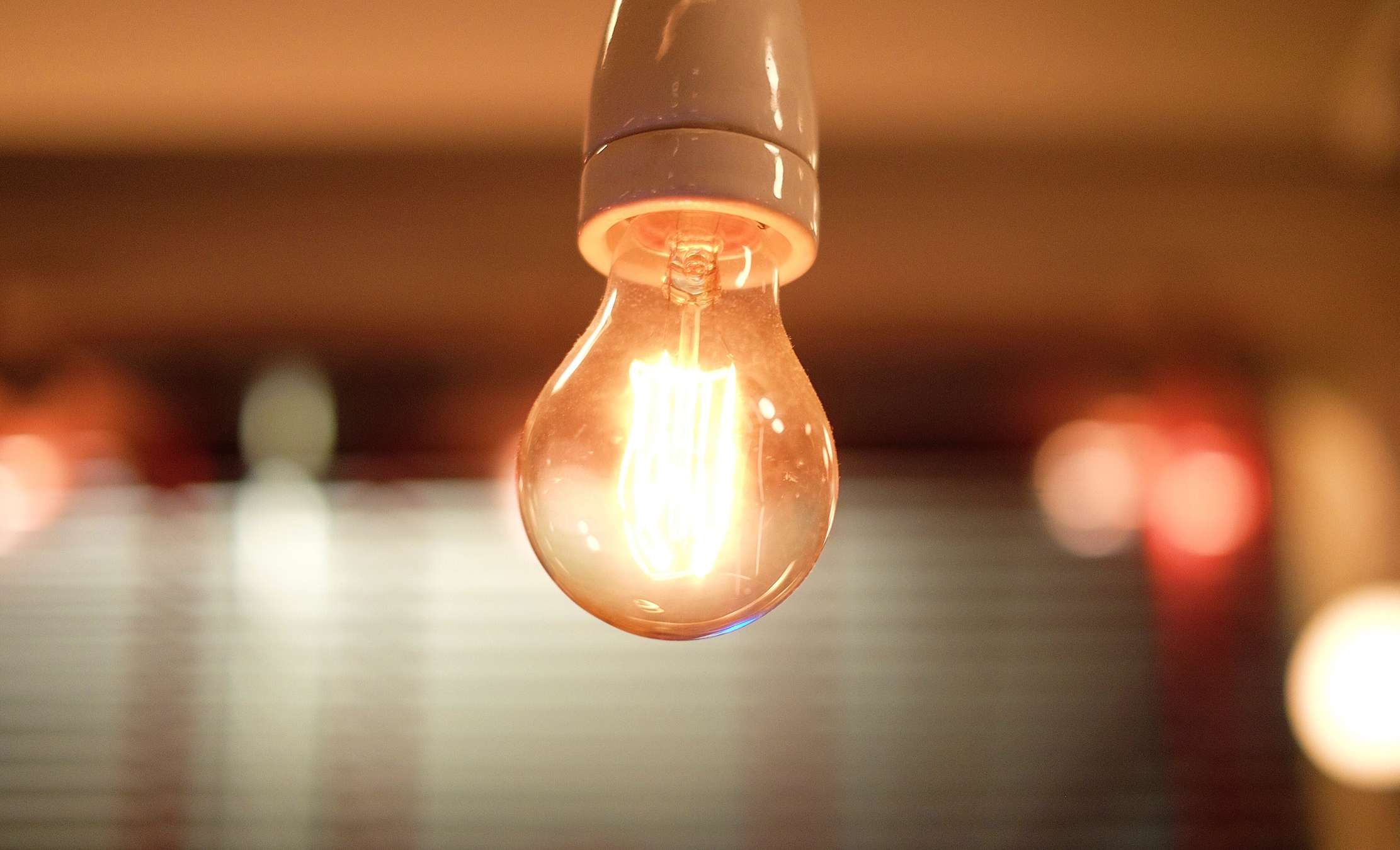
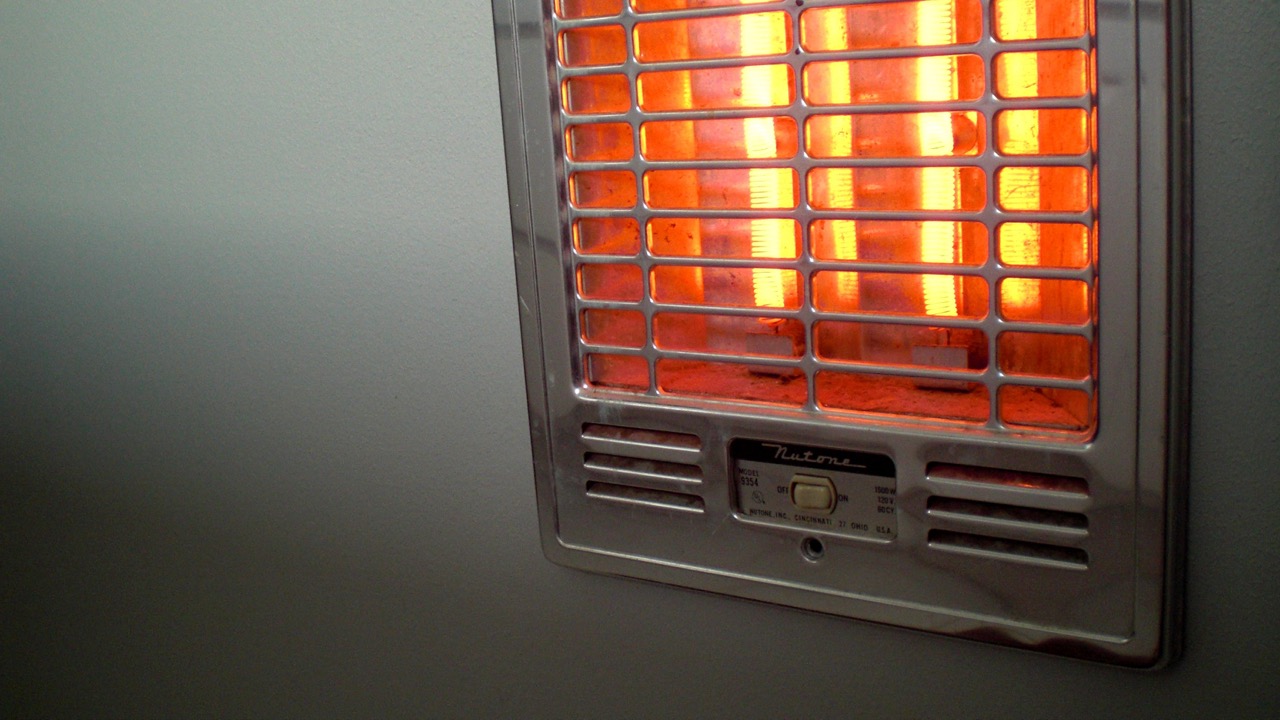
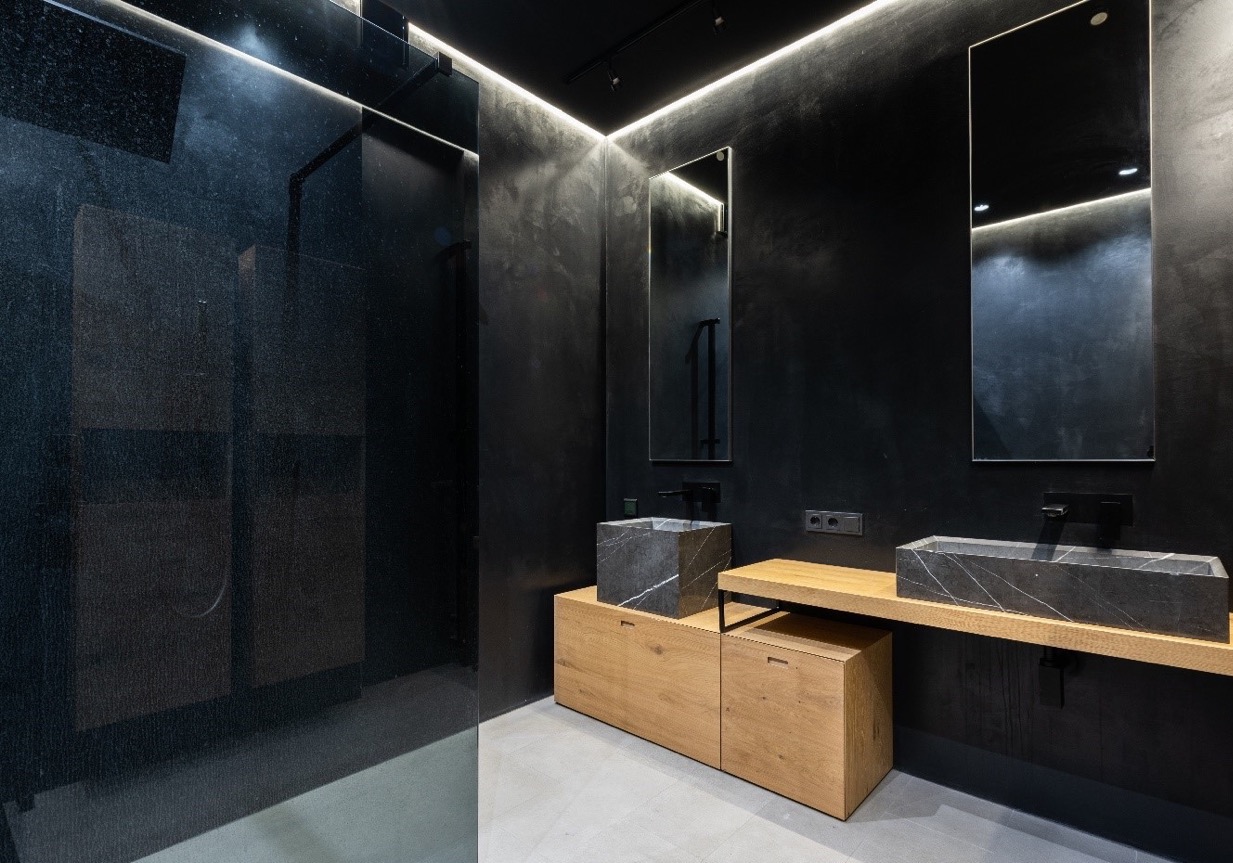

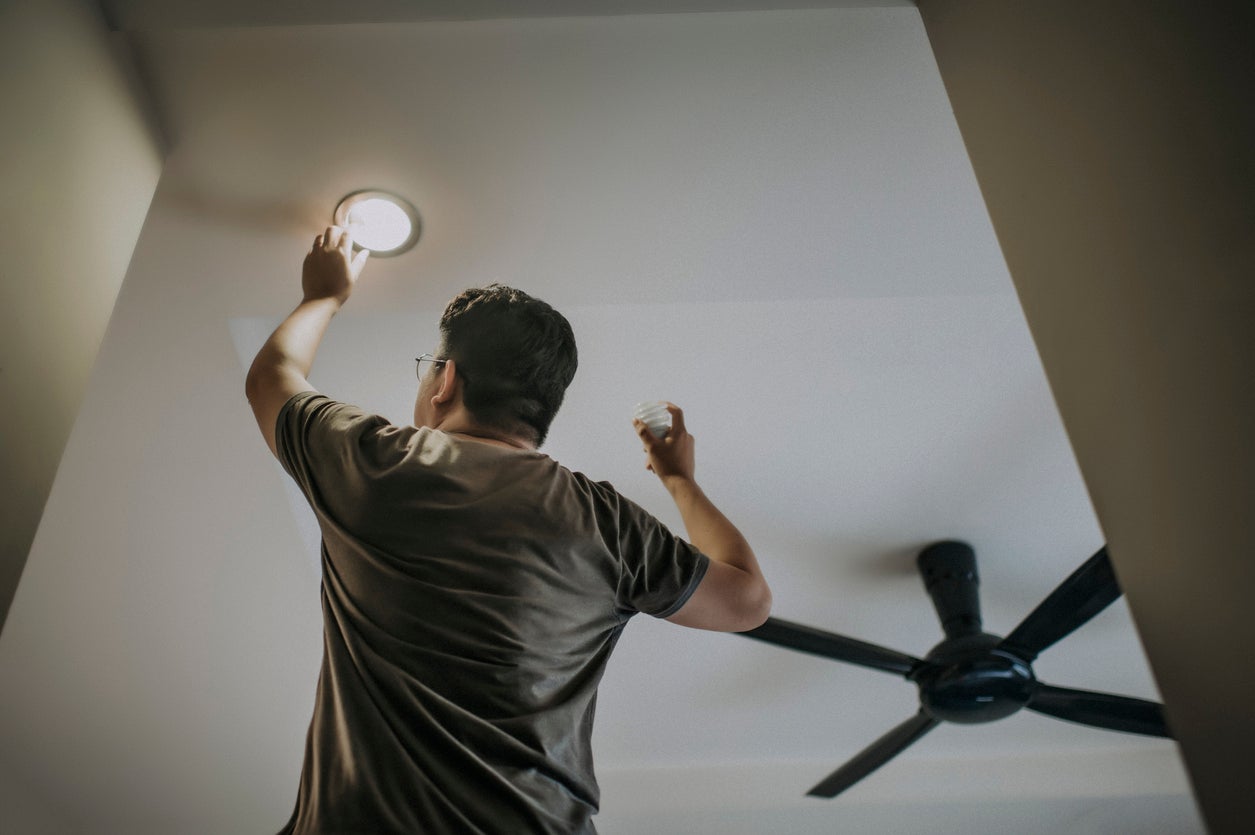
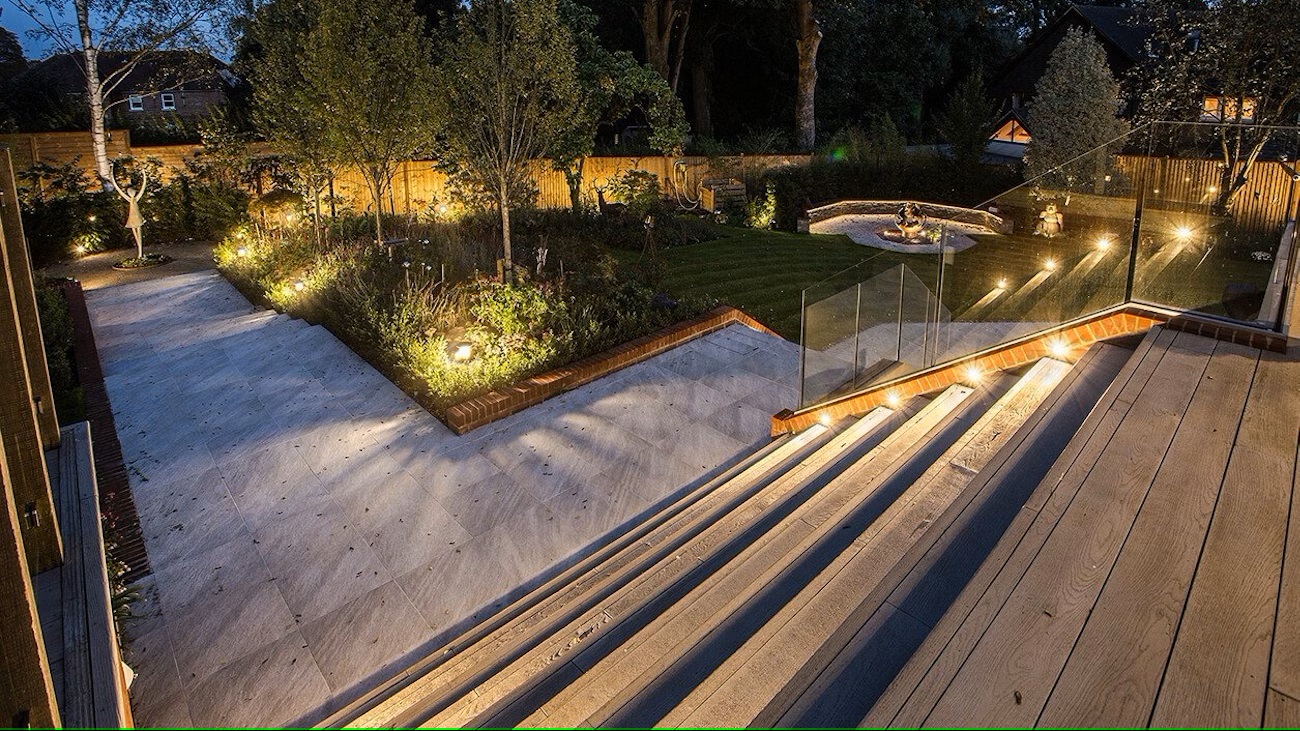
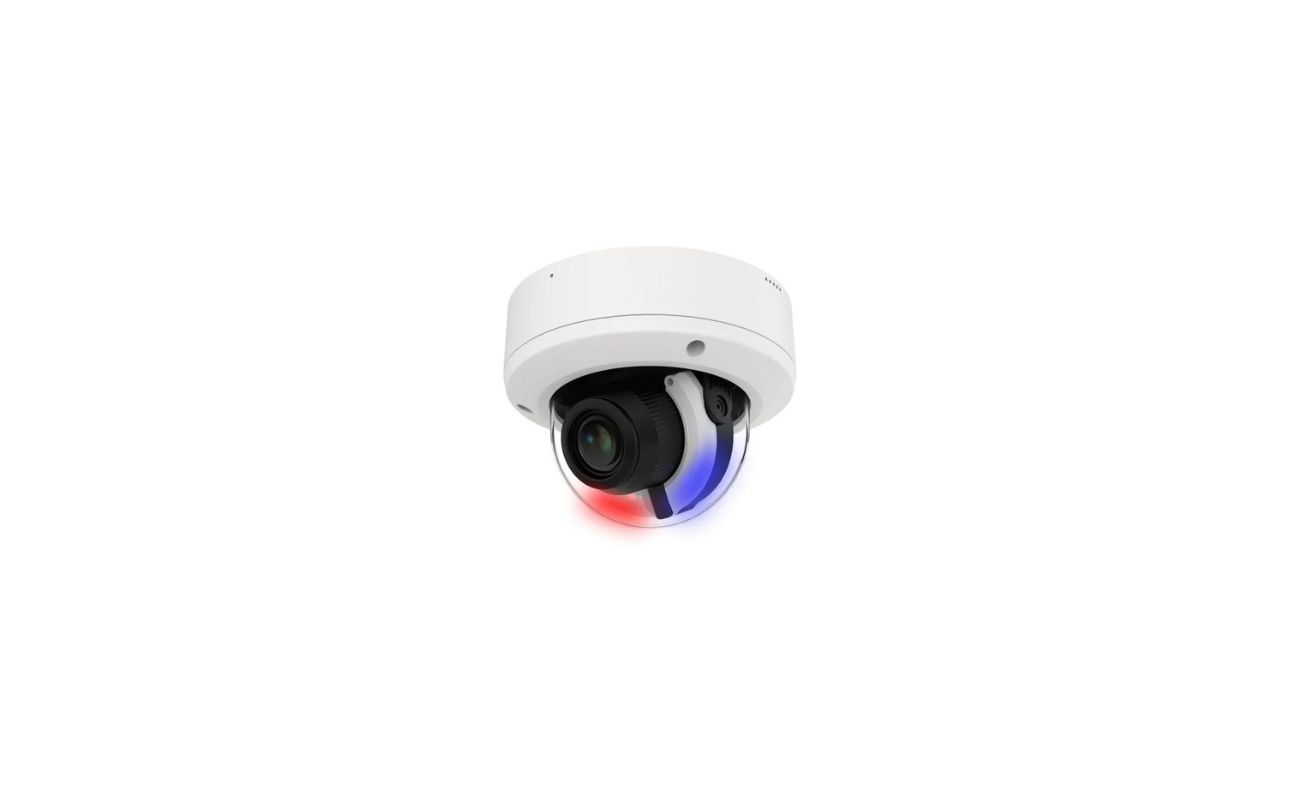
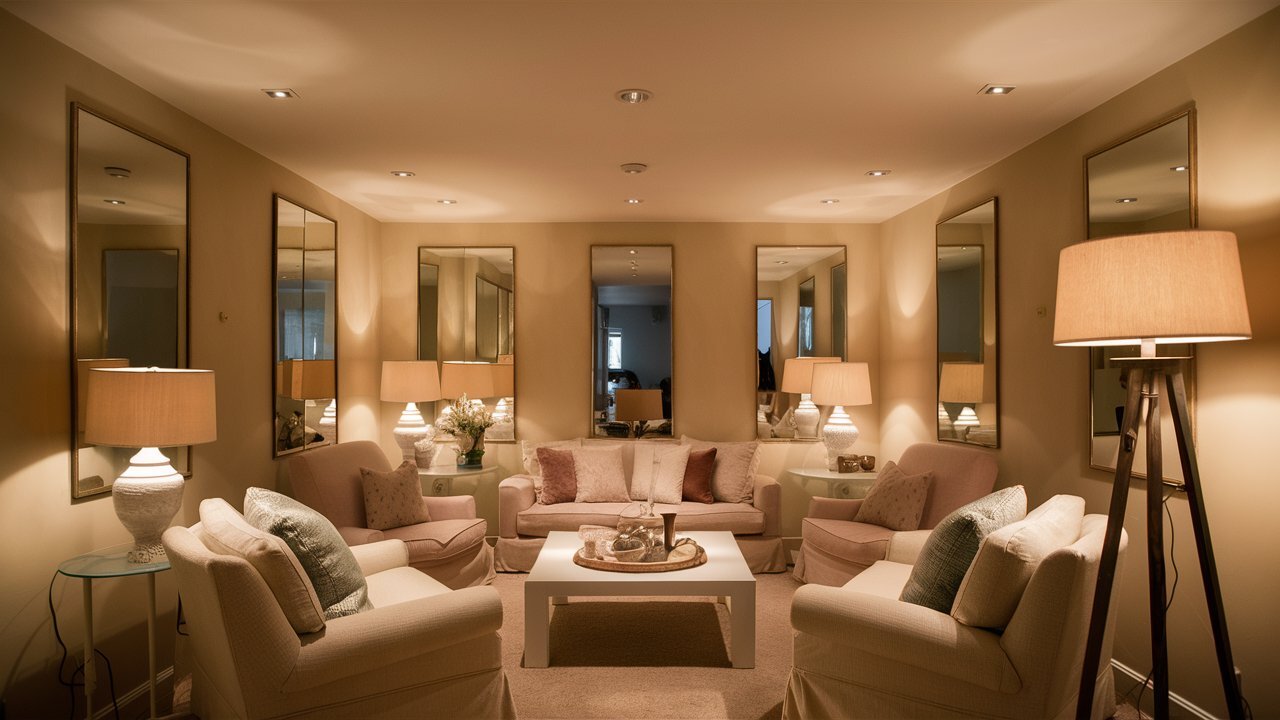
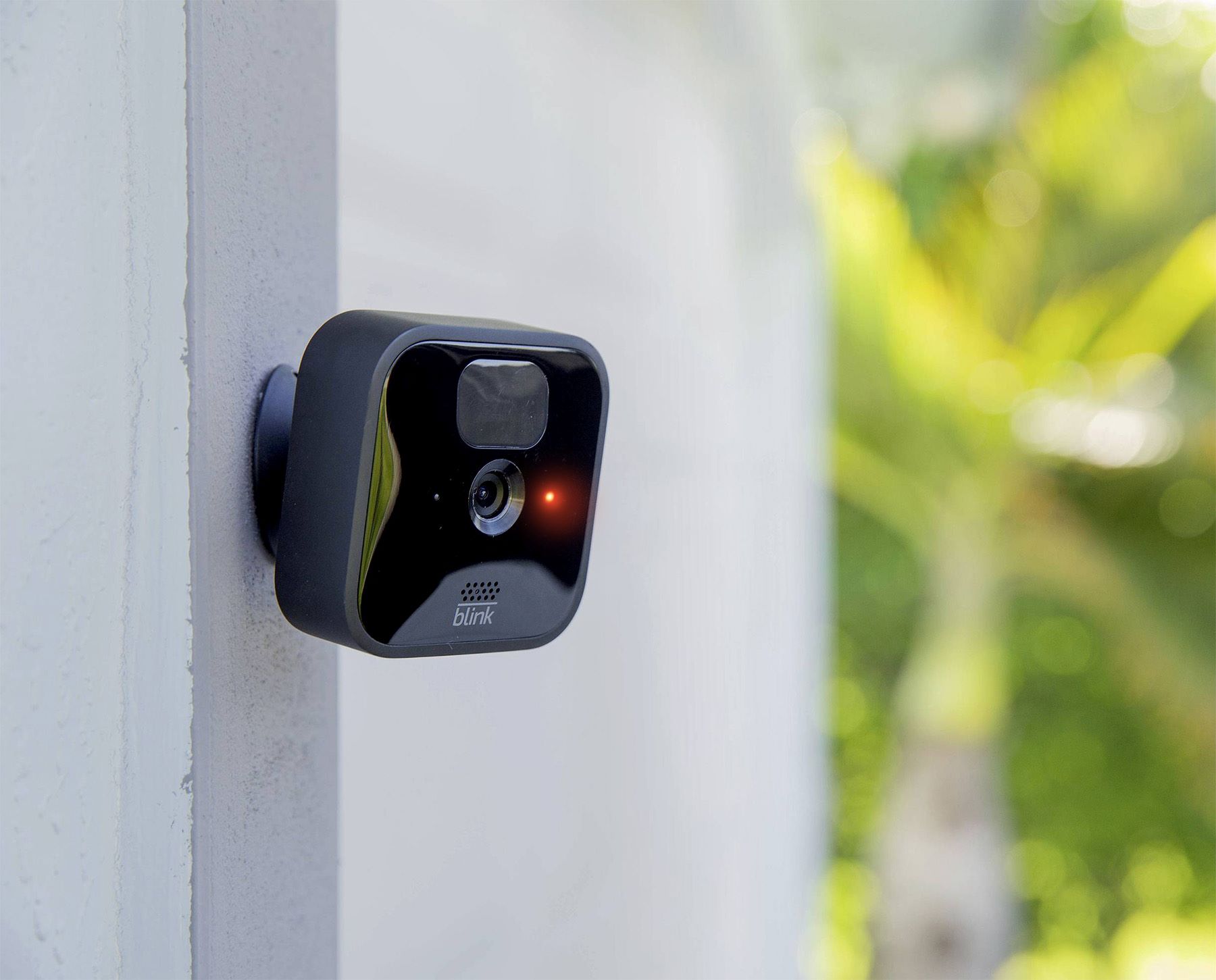


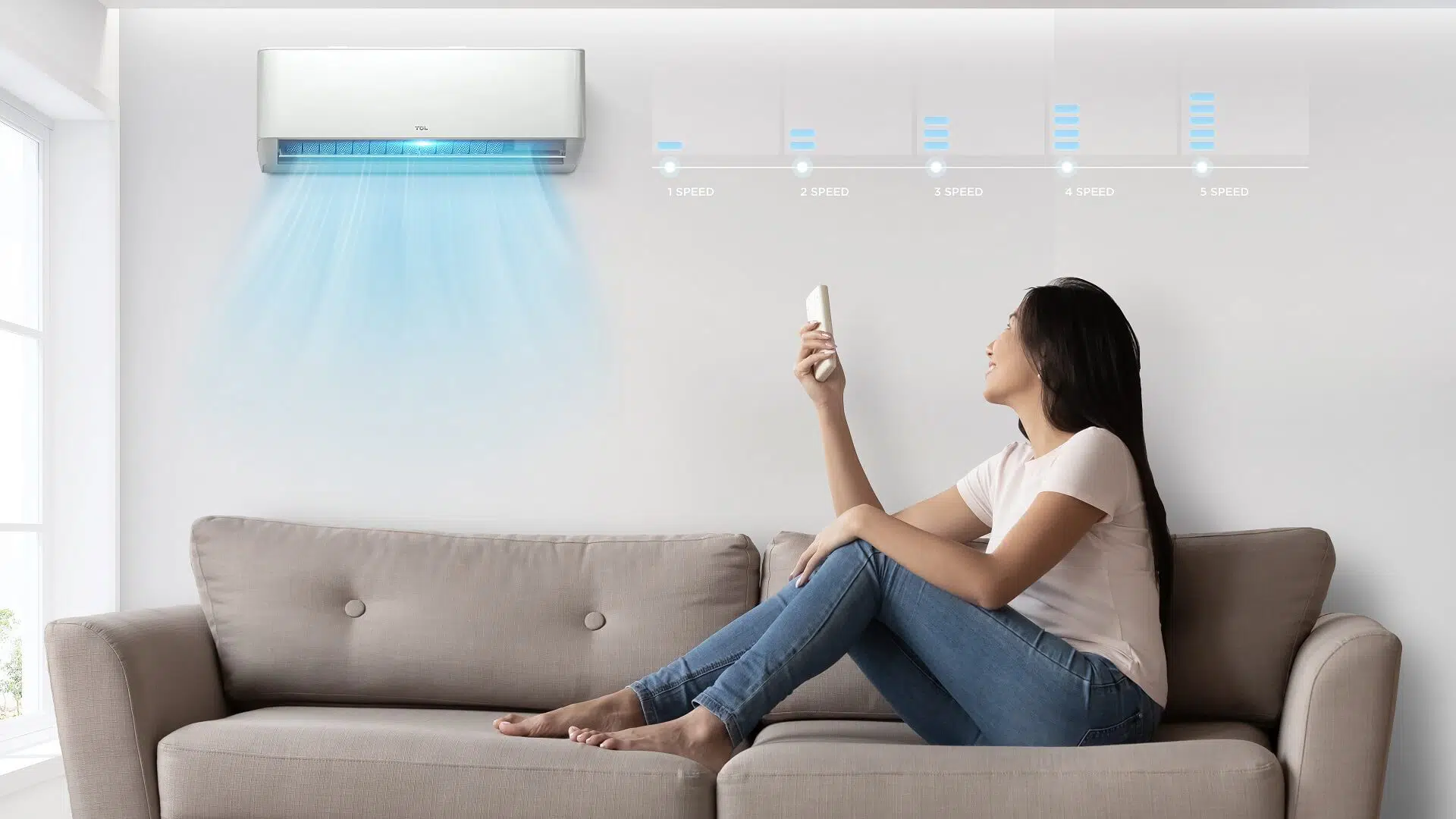

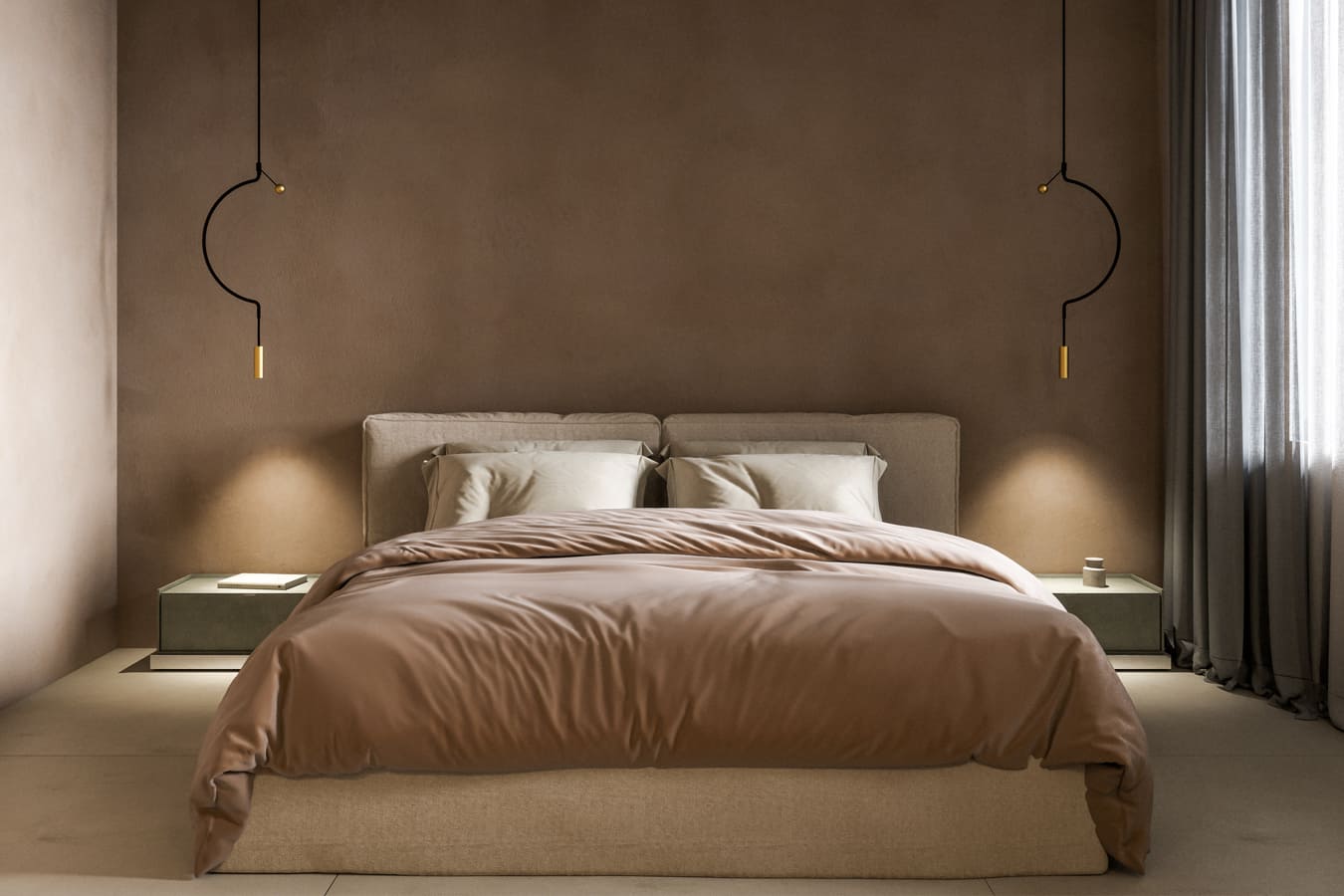

0 thoughts on “Outdoor Light Turns On When Dark”